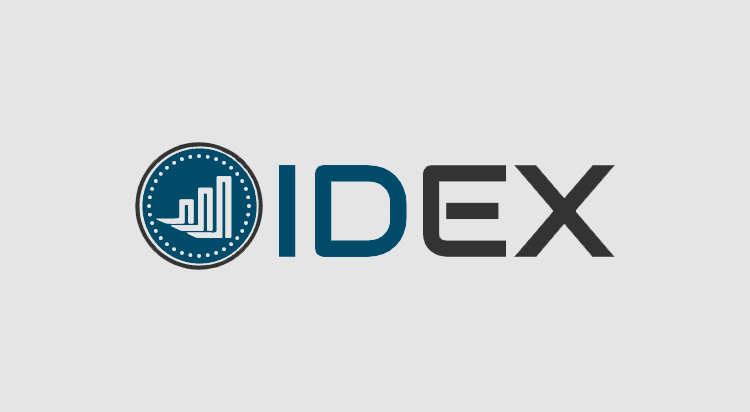The IDEX token has been around since last year but staking mechanisms and incentives are changing a bit along with the new version of their exchange. One of the most appealing reasons to stake the token is that all participants will receive a 50% share of the fees generated by the exchange.
In October, IDEX announced its upcoming 2.0 launch would resolve scaling issues that all decentralized exchanges face, such as speed, cost, and liquidity. Instead of focusing on being decentralized, they will now be a hybrid.
Along with those systemic changes comes a new way to participate in staking.
How IDEX token staking will work
IDEX insists that their token will be the glue holding IDEX 2.0 together. Digging deeper into their explanation we can see how stakers actually affect the exchange.
There are two tiers to staking the IDEX token. Tier 2 focuses on data while tier 1 focuses on security or validation.
Tier 2 nodes maintain the system’s data, order books and allow users to hook up trading bots by supporting the API. They are rewarded for staking because this helps reduce the exchange’s operational costs while providing valuable services. In order to become a tier 2 node, one must simply stake their token as collateral in a ‘riskless’ manner.
Tier 1 nodes, on the other hand, review and audit the off-chain ledger and call fraudulence out if there is an issue in the system. Unlike tier 2’s riskless staking, tier 1 stakers deposit funds into a bonding smart contract. This means that their tokens can be bought and sold on the market and are only released from the bond if successfully identifying fraudulent data.
How staking rewards differ on IDEX
Since tier 1 nodes take on more risk, they also have a chance of receiving more rewards. Each tier 1 staking contract comes with an additional pool of IDEX tokens if the validator submits an ‘invalid fraud-proof.’ If the system works properly, fraud-proof functions are never triggered.
Since tier 2 is considered ‘riskless’ there are no extra rewards, and their share of 50% of the funds are given at a frequency not yet disclosed.
IDEX will give more detail to how node performance is measured in the future. For now, they plan on analyzing tier 1 performance by time spent online and API performance and tier 2 by the amount of offline-chain blocks the validator submits valid receipts for.






















